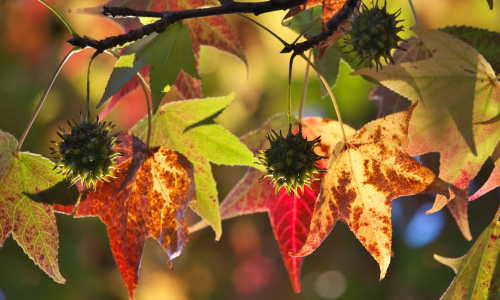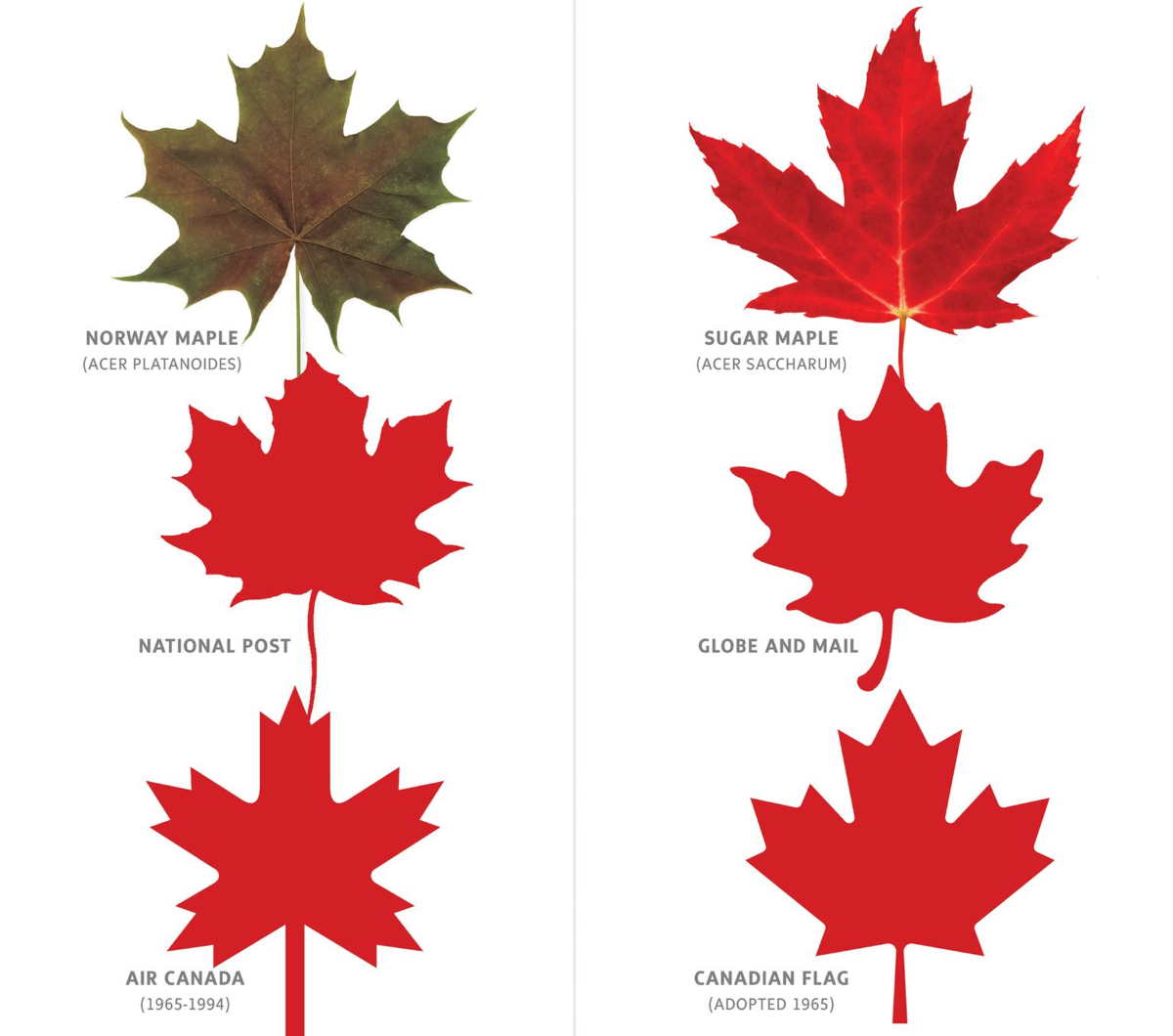
This article was originally published by Bob Rodgers on www.survivopedia.com
Many plants in the wilderness can provide the needed sugar that can sustain a survival diet. In our country, it was the Native Americans that used such plants extensively, and with the arrival of the first settlers, some of these plants become very popular.
They remained popular through the years, and nowadays, they are sold commercially.
Many of the plants you can find in the wilderness secrete a sweet sap that humans have learned to boil down to turn it into syrup or sugar. Even more, certain plants exude a gummy substance you can chew on to satisfy your sweet tooth. This was a common practice back in the days of the first pioneers.
Check out the following sugar and gum plants:
- Fir tree – The balsam fir tree (Abies balsamea) is a common slender three in North America that can reach a height of eighty feet. However, on the mountain tops and in the arctic regions, the tree grows relatively small, only a few feet high. The fir tree bark is smooth, but it has a distinctive characteristic that makes its identification relatively easy. The smooth bark is dotted by raised bark blisters (known as balsam blisters) containing a clear, sticky resin that helps to protect the tree in various ways. The flat leaves are nearly an inch long, dark green on the upper branches and pale green on the lower limbs. The fir tree produces cones that can grow up to four inches long, but the standard size varies between 2 and 3 inches long. The cones stand erect on the upper branches and area usually an inch thick. The fir tree can be found from Newfoundland and Labrador to Hudson Hay and Alberta. In addition, it can be encountered south of Massachusetts, Pennsylvania, and Iowa. The ideal growing environment is located in swamps and damp woods, but it can also grow on mountain tops where water evaporation occurs slowly. Back in the day, before the days of commercial chewing gums, people used to collect the resinous pitch secreted by the trunks and sell it to the stores. The sticky pitch was molded into short sticks and was sold to both young and old. Back in the day, it was so popular that people used to organize social gatherings in fir tree forest to collect and sell the buttery pitch.
- Sugar pine – The sugar pine (Pinus lambertiana) is easily recognized by its thick brown bark with rough ridges. However, most people recognize it by its five needles gathered in the clusters. The leaves or needles range in length from two to five inches, but perhaps the most recognizable characteristic of the sugar pine are the cones which can grow up to fifteen inches long. They are the longest cones of any conifer, and it makes the identification process much more manageable. The tree is well known in California and Oregon, and the “Father of the National Parks, John Muir, named it the Queen of the Sierras. The most common royal tribute remains “king of the pines” due to its beauty and attributes that remain unsurpassed in the conifer world. When you cut or injure the sugar pine tree, a sap is secreted that forms a lump on the bark. The sugary substance is white when freshly secreted but changes color over time, turning brown. Muir was the foremost advocate for this sugary sap, and it called it the best of natural sweets, although many say that the resinous quality doesn’t make it particularly enjoyable. However, the young people of the mountains still enjoy this sap due to its sweet taste and chewing properties. As the sugar gradually dissolves, you will end up with a gummy substance you can chew on as you would do with any commercial flavored gum.
- Sweetgum – The sweetgum tree (Liquidambar Styraciflua) is also known as Aligatorwood. It can be found on the coastal plains from Connecticut to Florida and in Texas. It grows in damp woods. It can also be found in the north, in the Mississippi valley to Missouri and Illinois. The sweetgum tree can be easily recognized by its gray and rough bark, with corky ridges on the branches. Even more, the glossy, star-shaped leaves change color from green to various shades of red and purple, which makes its identification even easier. You can easily find the three in the Southeast since it is often used as an ornamental in gardens and city parks. Another element that helps with identification are the hard, spiky, spherical fruits that hang on the tree throughout the winter. When you cut the bark of the sweet gum tree, a scented sap is secreted that hardens over time, forming a resin or gum. Back in the day, the Native Americans would peel back the bark to scrape off the resin and use it as chewing gum due to its sugary taste. Nowadays, the resin of the sweet gum tree is used primarily as a storax substitute.
- Sugar maple – The sugar maple tree (Acer saccharum) is a large forest tree found in rich woods and hillsides, from Newfoundland to Manitoba, south to Florida, and Texas. The sugar maple is one of the most popular gum trees you can encounter. It is considered one of America’s most valuable hardwood species due to its quality wood used in furniture manufacturing and flooring. The tree has upright branches, and it can easily be recognized due to the wide-spreading lateral branches, and it is dark gray or brownish-gray bark. As the tree matures, the smooth bark turns scaly, forming broad flat ridges. The leaves have long stalks, and the dark green wide leaves from above are often paler beneath. The autumn foliage of the sugar maple makes it an ideal candidate for roadside planting due to its color that can vary from bright yellow to orange and even scarlet. Starting with the begging of March to early April, people drill holes in maple trees to mount spiles and collect a clear sweet sap that can be boiled into maple sugar or syrup. Historians believe that white people learned how to make sugar from maple trees from the Native Americans and what back in the day was considered to have a burnt flavor is nowadays considered one of the finest sweets you can buy.

- Red grass – The common Red Grass (Phragmites communis) is often found in swamp and marshes and pretty much all the wet places across the United States. It also grows in southern Canada and Northern Mexico, but it is widely spread in Asia and Europe. The one-inch thick stalks can grow up to twelve feet high and grow leaves about one inch wide and almost a foot long. The plant rarely produces seeds and spreads mainly by its rootstocks. When the stem is punctured, a pasty substance exudes that aims to protect the plant from insects. This pasty substance hardens into gum, and it was often collected by the Indians of the Mohave Desert, compressed into balls, and eaten to supplement their sugar intake. They also collect the stalks and dry them to be turned into flour after a meticulous grinding process. They often cooked the flour over open fires since it would swell rather quickly due to the high sugar content, allowing them to make a chewy candy similar to commercially taffy.
- Skeleton weed – A stiff and erect perennial, skeleton weed (Lygodesmia juncea) is closely related to Wild Lettuce. The skeleton weed stems grow up to sixteen inches high and have lower long and very narrow leaves (about two-inch long) and upper smaller leaves often reduced to scales. Skeleton weed can be easily identified by its pink to lavender, rarely white flower heads composed of five florets, are at the ends of the branches. The plant flowering season lasts from June to late September, and you can spot the skeleton weed in Wisconsin and Minnesota to Montana, south to Missouri, and New Mexico. The Indians of the Missouri river valley were the ones that first used the plant for producing chewing gum. They would gather the stems and cut them into small pieces to extract the juice and harden it. It was then collected and mashed into small chewing balls.
- Pilotweed – Pilotweed (Silphium laciniatum) is also known as Gum Weed or Compass Plant, and it’s a rough coarse perennial that can grow up to twelve feet high. However, its usual size ranges from six to ten feet tall. You can find the gumweed plants on prairies from Ohio to South Dakota, south to Alabama, Louisiana, and Texas. It is estimated that pilotweed can live up to 100 years. The plant’s stalk is very resinous, and it grows large basal leaves are cut almost to the midrib and they from numerous narrow lobes. It has yellow flower heads that are similar to those of a wild sunflower. You can easily recognize the plant by its flowering heads during the mid-summer flowering season, containing 27 to 38 yellow ray florets and many yellow disc florets. The native tribes had a variety of uses for pilotweed, and besides burning it as a charm during lighting storms, it was also used for its bitter, resinous sap that was turned into chewing gum by children.
- Sugar bush – The sugar bush (Rhus ovata) is also widely known as sugar sumac, and it’s an evergreen brush that thrives on dry hills along the mountains in southern California. The height of the sugar sumac varies greatly, but its most common size is 7 feet tall. Sugar sumac has ovate, leathery leaves of a dark green glossy color, and it grows stiff panicles of flowers. You can recognize the plant during its flowering season from April to early June as it forms 5-petaled flowers that appear to be pink. However, upon a closer examination, you may notice that the flowers are white to pink with red sepals. Sugar sumac produces red sticky berries, and the fruits are used to make a drink similar to lemonade. The Cahuilla people of the Mohave Desert used to collect the berries and eat them raw, and the children would peel the roots and shoots of the sugar bush and eat them raw due to their sugary content.
Concluding
Some of the sugary plants listed in this article may very well thrive in your area, and it would be a pity not to learn how to use them. While for some of these plants, additional research would be needed on your side, I guarantee that sap of all these plants is high in sugar even though the taste can vary significantly from one plant to another.
Our ancestors have used the plants and trees that exude a sweet sap for centuries, and they can still be used by the modern man when there’s the need to satisfy that sweet tooth.
The post 8 sugar plants you should use in the wilderness appeared first on Bio Prepper.
By: Bob Rodgers
Title: 8 sugar plants you should use in the wilderness
Sourced From: www.bioprepper.com/2021/07/08/8-sugar-plants-you-should-use-in-the-wilderness/
Published Date: Thu, 08 Jul 2021 04:46:15 +0000
-------------------------------------------------------------------------
Did you miss our previous article...
https://outdoorsnewswire.com/survivalist/top-8-freeze-dried-food-must-haves
 CampingSurvivalistHuntingFishingExploringHikingPrivacy PolicyTerms And Conditions
CampingSurvivalistHuntingFishingExploringHikingPrivacy PolicyTerms And Conditions
